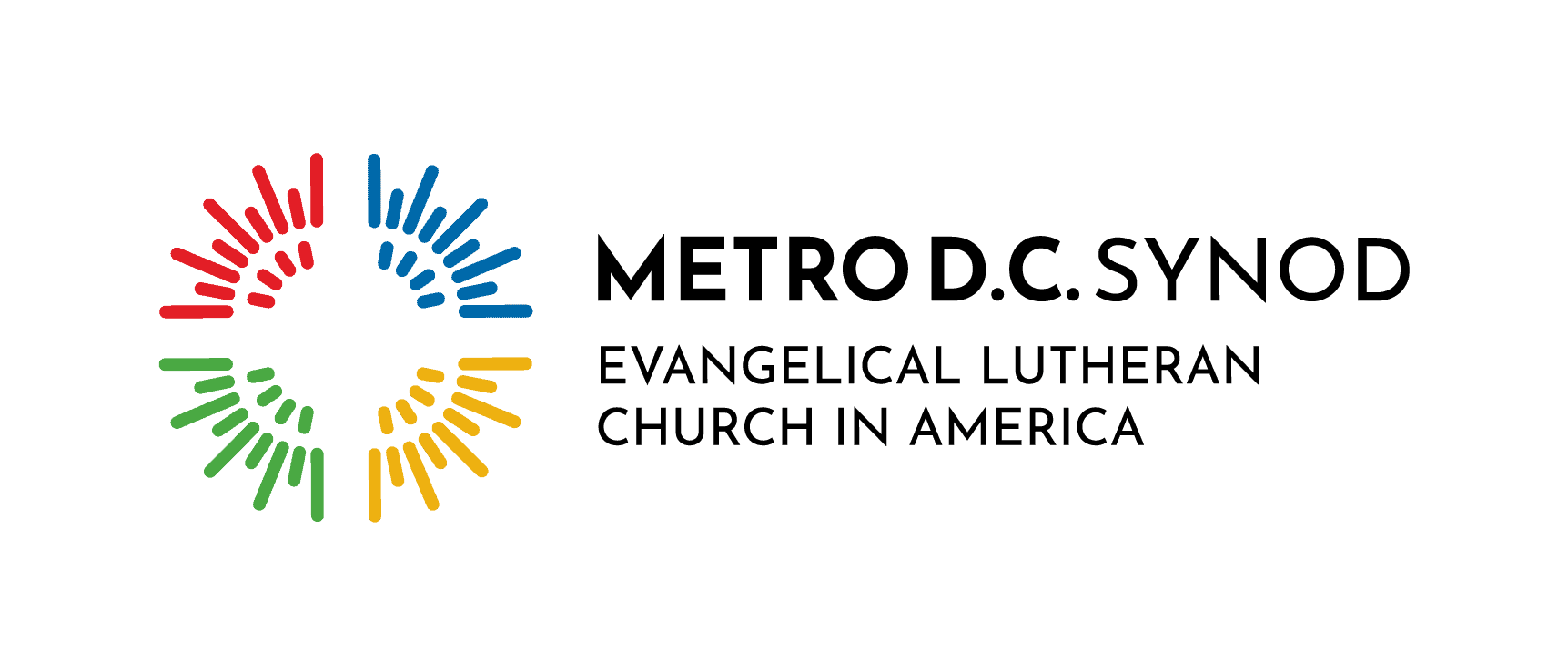Can we answer the question ‘why’’?

Knowing the ‘why’ is important for the church’s future directions
A MONTHLY MESSAGE FROM THE ELCA PRESIDING BISHOP
Once for continuing education I signed up for an introduction to philosophy course at the community college. I was a music education major in college and never had any philosophy courses. Since philosophy and theology are so closely related, I thought it was about time that I became better acquainted with the Western philosophical tradition.
So off I went to learn how the great philosophers have addressed the questions of human existence.

“[We] as a culture and a church have become proficient at talking about the ‘how’ of things… If we can’t answer [‘why’] clearly and with conviction, I don’t see a lot of change for us.”
This convergence of a professor working through the rejection of his tradition and the philosophical systems that paid more attention to “how” versus “why” was uncomfortable. I didn’t buy into determinism, especially when one student used it to explain a rather unfortunate choice that involved drinking and driving (no one was injured). What was a Lutheran girl to do?
My chance came when the professor assigned a paper to be written about our understanding of any of the philosophies covered in class. I dove in. This was an extra credit assignment designed to give a second chance to those who were in some danger of not passing the course. As I was not in that category, I immediately became one of “those students” (I’m sure my classmates used earthier language).
I titled my paper “How or Why: Newtonian Mechanics vs. A Quantum Metaphysics.” Pretty much over the top, but I was on a mission. I wanted to make the point to my professor that there is more in life than the “how” of things, that there is meaning and transcendence even if we can’t by reason or human understanding perceive it. I wanted to give witness to my conviction that there is more going on than a life of just mechanics and technique on the way to some deterministic conclusion. And I wanted to point to the truth I had experienced—that there is a loving and relational being who cares about us and about the creation.
Needless to say the professor was mystified by the amount of effort I put into the project, and he did take five points off because I used a contraction. But the point then, as it is now, is that we as a culture and a church have become proficient at talking about the “how” of things. For the church this means “how” has become the question that determines where we focus, how we live, where we allocate resources. We have developed programs—beautiful programs—on how to do Christian education, worship, stewardship, advocacy, justice, evangelism, global ministry and youth ministry. Don’t neglect any of these.
But can we, as a church, answer the question why?
As we engage in conversation about the future direction and priorities of this church this year, this is the question we must answer. If we can’t answer this question clearly and with conviction, I don’t see a lot of change for us.
In the Small Catechism, Martin Luther gives us some direction:
I believe that Jesus Christ, true God, begotten of the Father in eternity, and also true human being, born of the Virgin Mary, is my Lord. He has redeemed me, a lost and condemned human being. He has purchased and freed me from all sins, from death and from the power of the devil, not with gold or silver but with his holy, precious blood and with his innocent suffering and death. He has done all this in order that I may belong to him, live under him in his kingdom, and serve him in eternal righteousness, innocence, and blessedness, just as he has risen from the dead and lives and rules eternally.
This is most certainly true.
The Rev. Elizabeth A. Eaton
Presiding Bishop
Evangelical Lutheran Church in America
This column originally appeared in the April 2016 issue of Living Lutheran magazine. Reprinted with permission.


